Hong Kong's Victoria Harbour is famous for its harbor views, but past urban development has also affected the harbor's underwater environment to a certain extent.
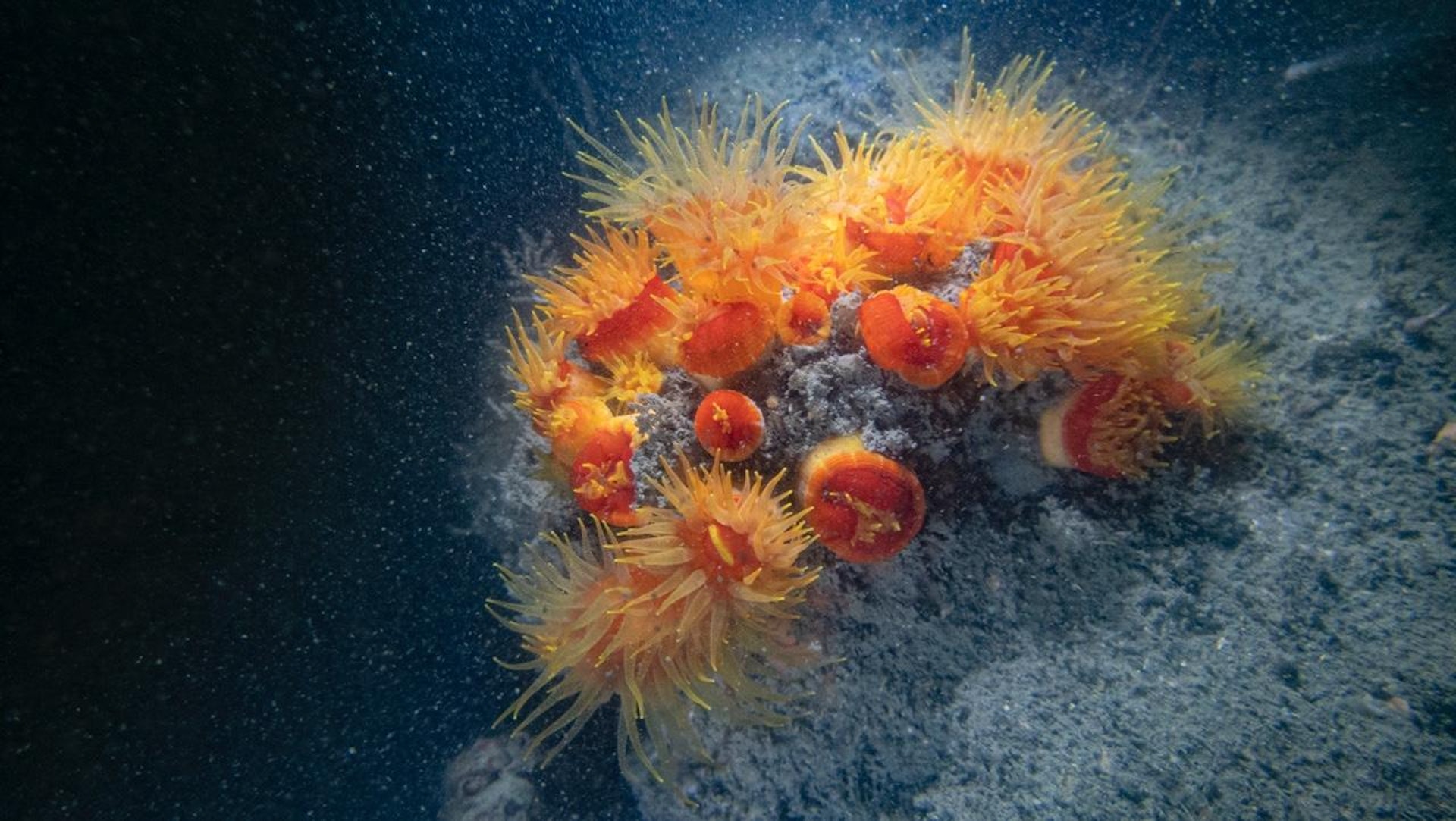
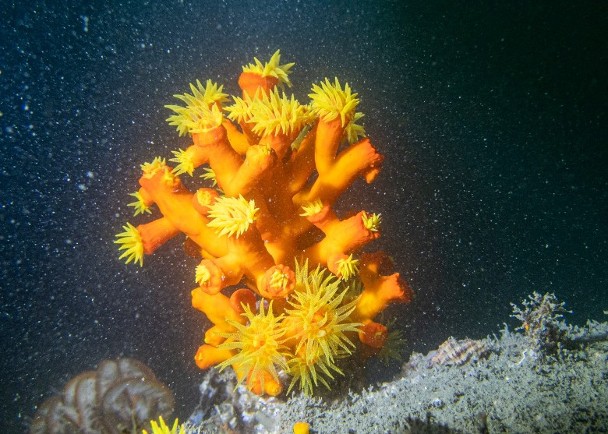
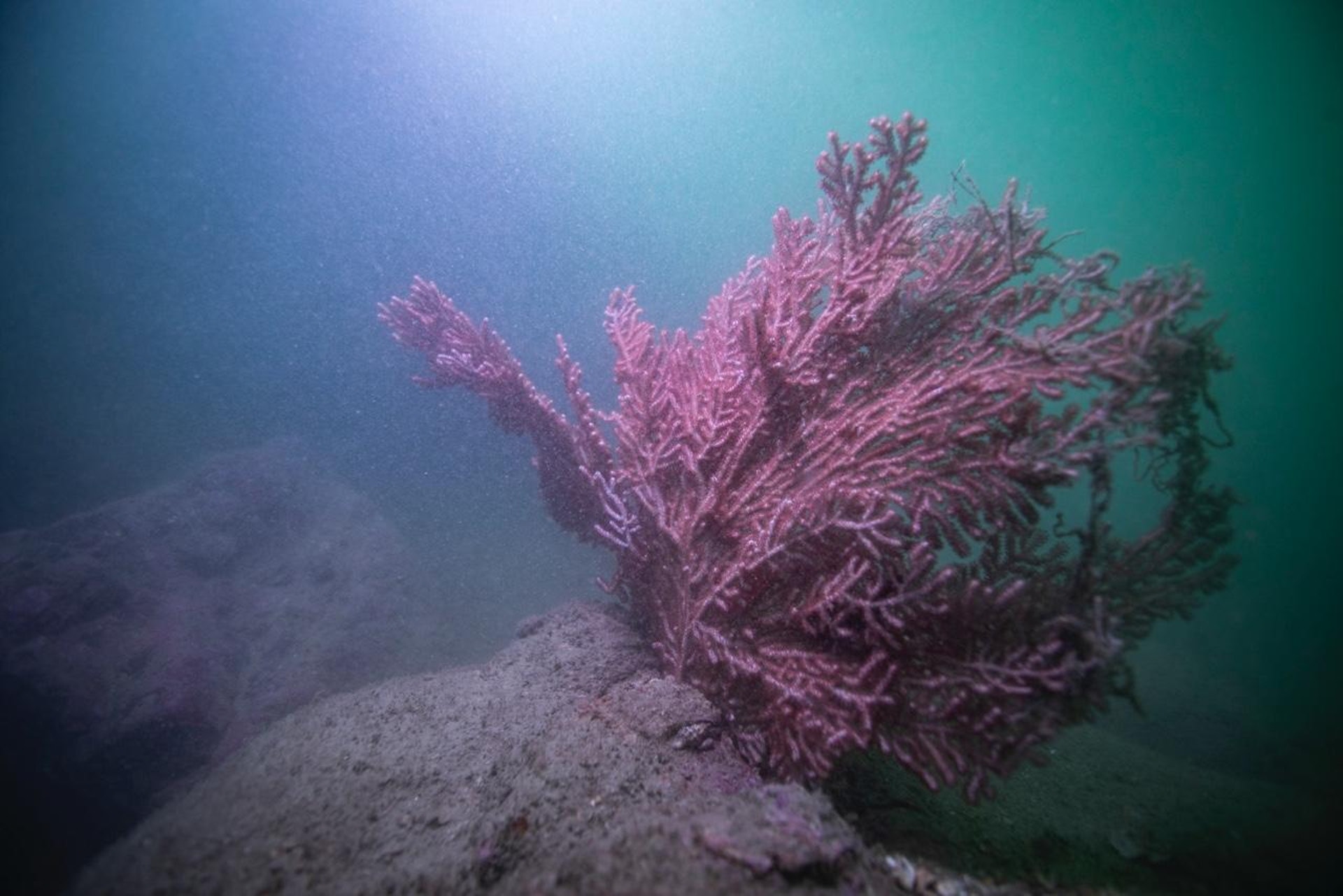
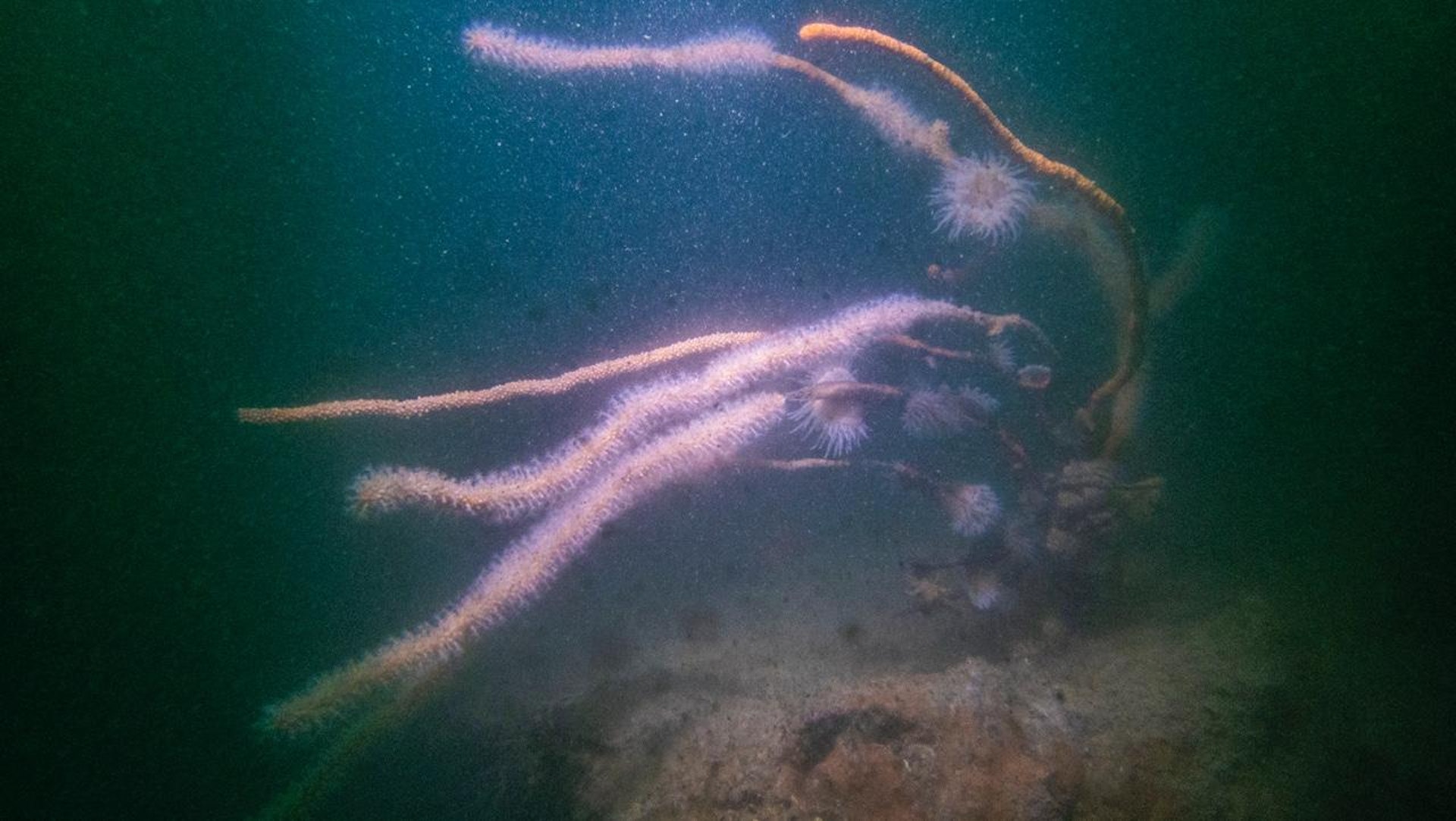
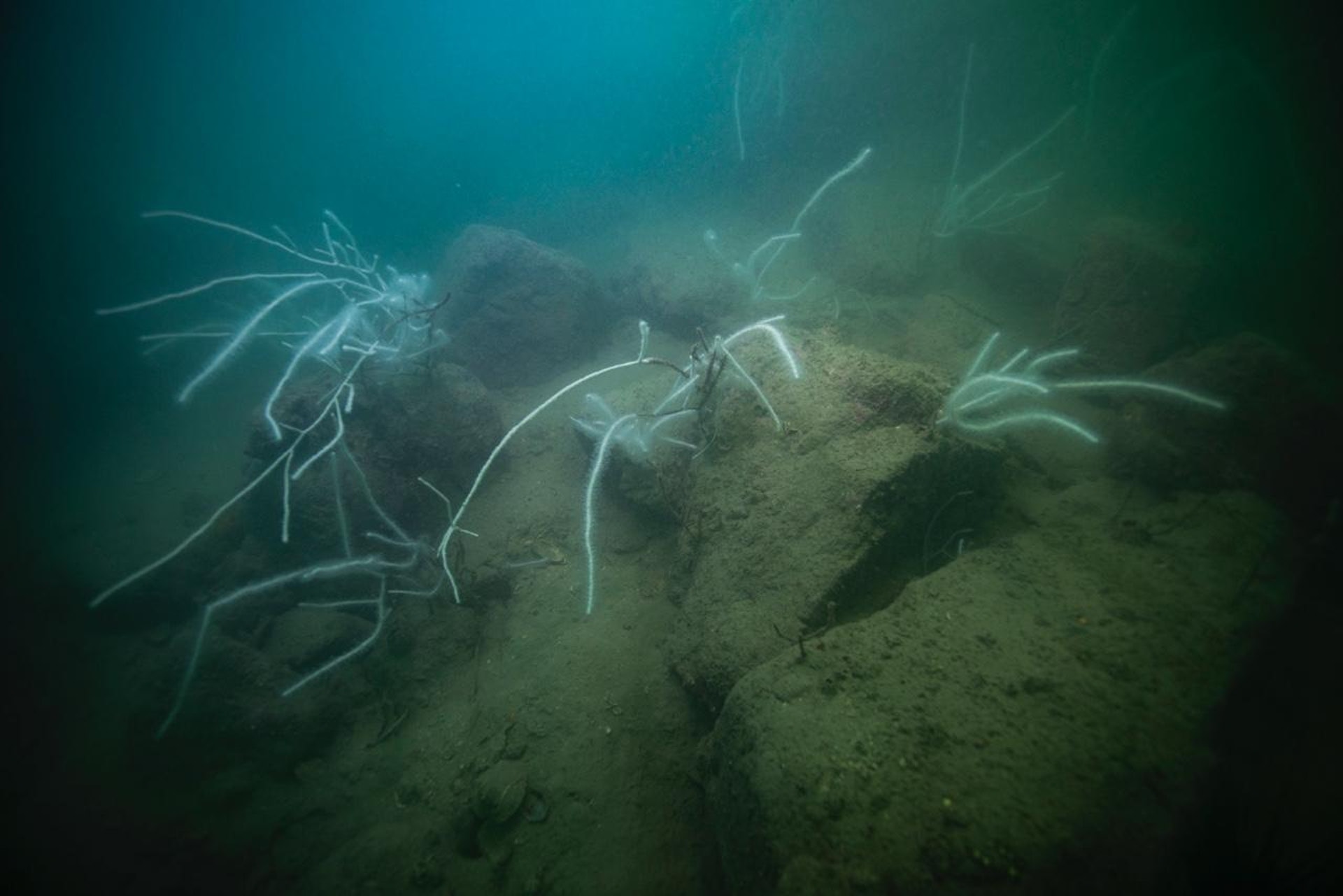


Prof. CHAN Lai Leo, Associate Director, State Key Laboratory of Marine Pollution (City University of Hong Kong), and his team, studied the benthic ecosystem of the Victoria Harbour, and found up to 35 species of fixed epibenthic organisms in the Victoria Harbour, including 4 black coral species, 16 stony coral species and 15 octocoral species, which revealed the rich biodiversity of the harbour area, and highlighted the potential of restoration of benthic habitats in the harbour area and the restoration potential of benthic habitats in the harbor area and the possibility of marine ecosystem restoration.
The State Key Laboratory of Marine Pollution (SKLMP) of the City University of Hong Kong was formally established in 2010 with the approval of the Ministry of Science and Technology of the People's Republic of China, and is dedicated to the research and development of interdisciplinary and innovative solutions to address the marine pollution problem that poses a major threat to the environment and public health.
Not only working actively at the frontier of marine environmental research, Dr Chan also actively participates in community services and public education. Through promoting diving training and related activities, he wishes to promote and raise public awareness on the conservation of marine biodiversity and the sustainable use of valuable marine resources.
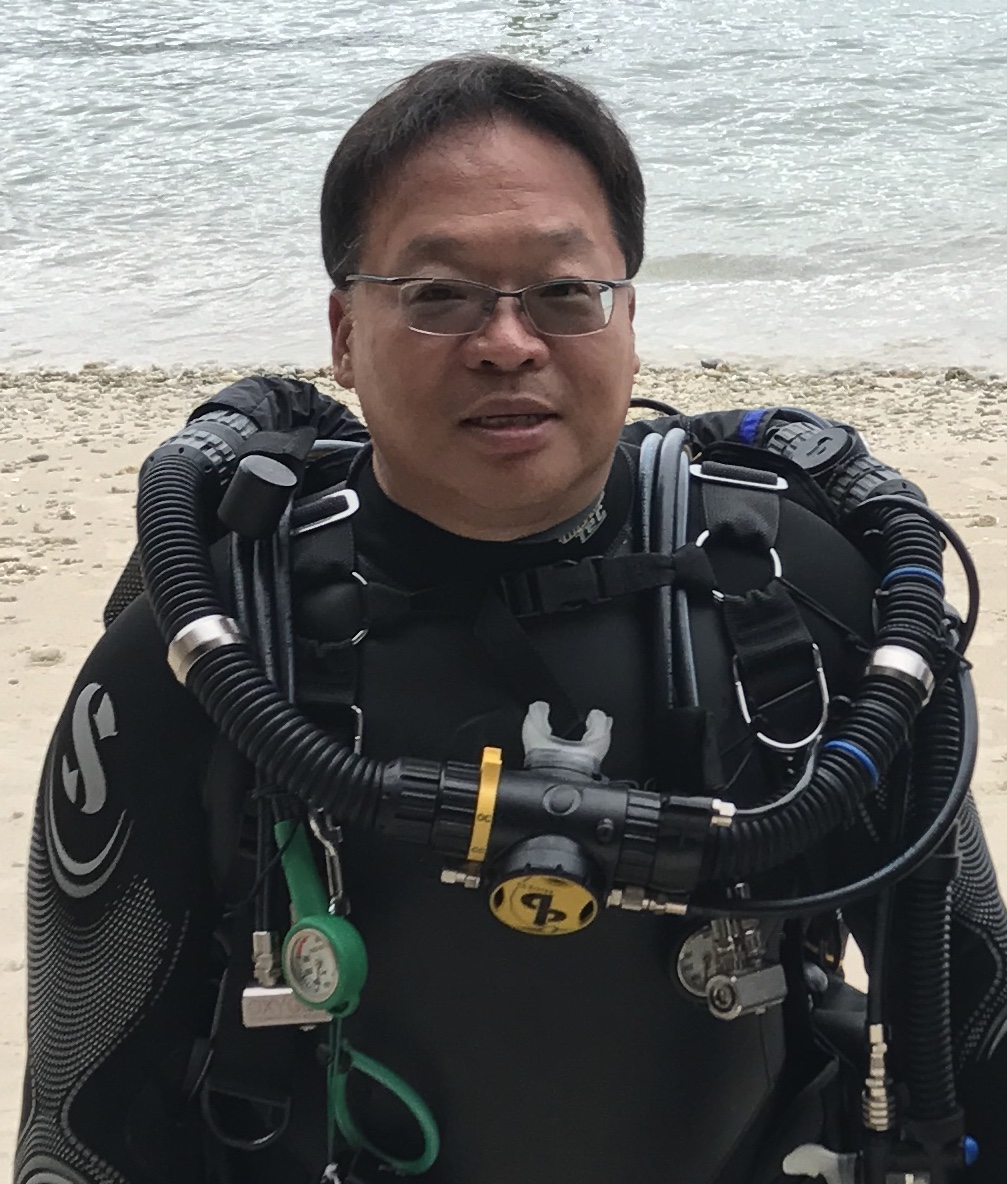
Associate Director of the State Key Laboratory of Marine Pollution of the City University of Hong Kong (CityU)
the Director of the Shenzhen Key Laboratory for the Sustainable Use of Marine Biodiversity
Scientific diving consultant for the Marine Science Committee of the Hong Kong Underwater Association
Scientific advisor for the Coral Reef Branch of the Pacific Society of China
Member of expert advisory committee of China Coral Conservation Alliance
Chief Technical Advisor of the State Key Laboratory of Marine Environmental Science (Xiamen University)
Prof. CHAN Lai Leo and his team developed a set of near-shore benthic habitat mapping techniques during the seabed environmental study in Victoria Harbour by integrating a variety of technological tools such as side-scan sonar, underwater cameras, underwater communication and navigation systems, and successfully identified the locations of five important benthic habitats, namely,Cape D'Aguilar Lighthouse, Po Toi, Devil's Peak, Hong Kong Museum of Coastal Defence and Cheung Chau.
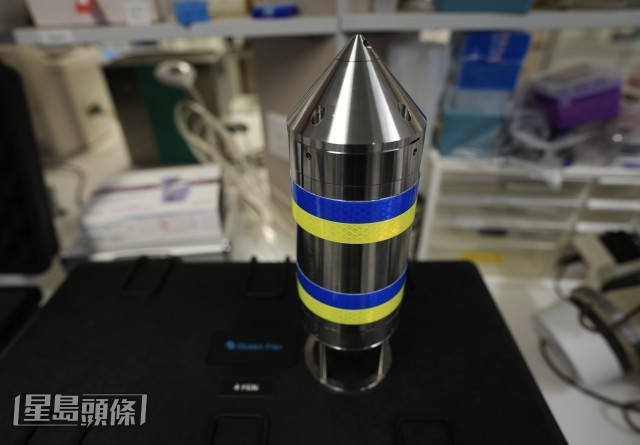
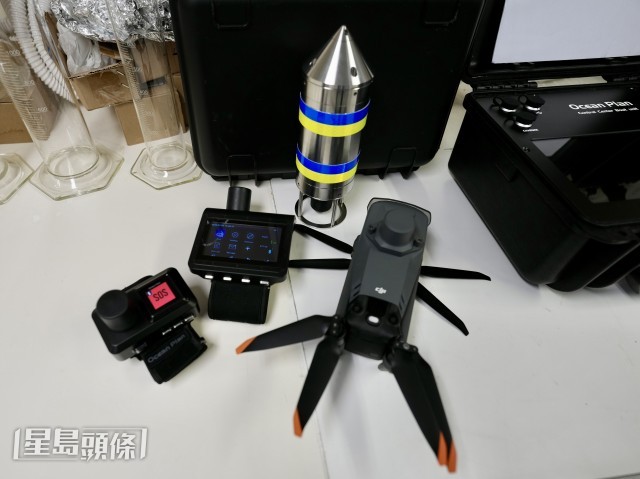
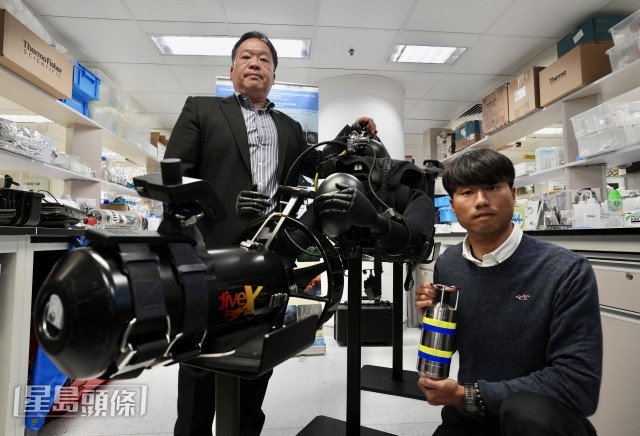
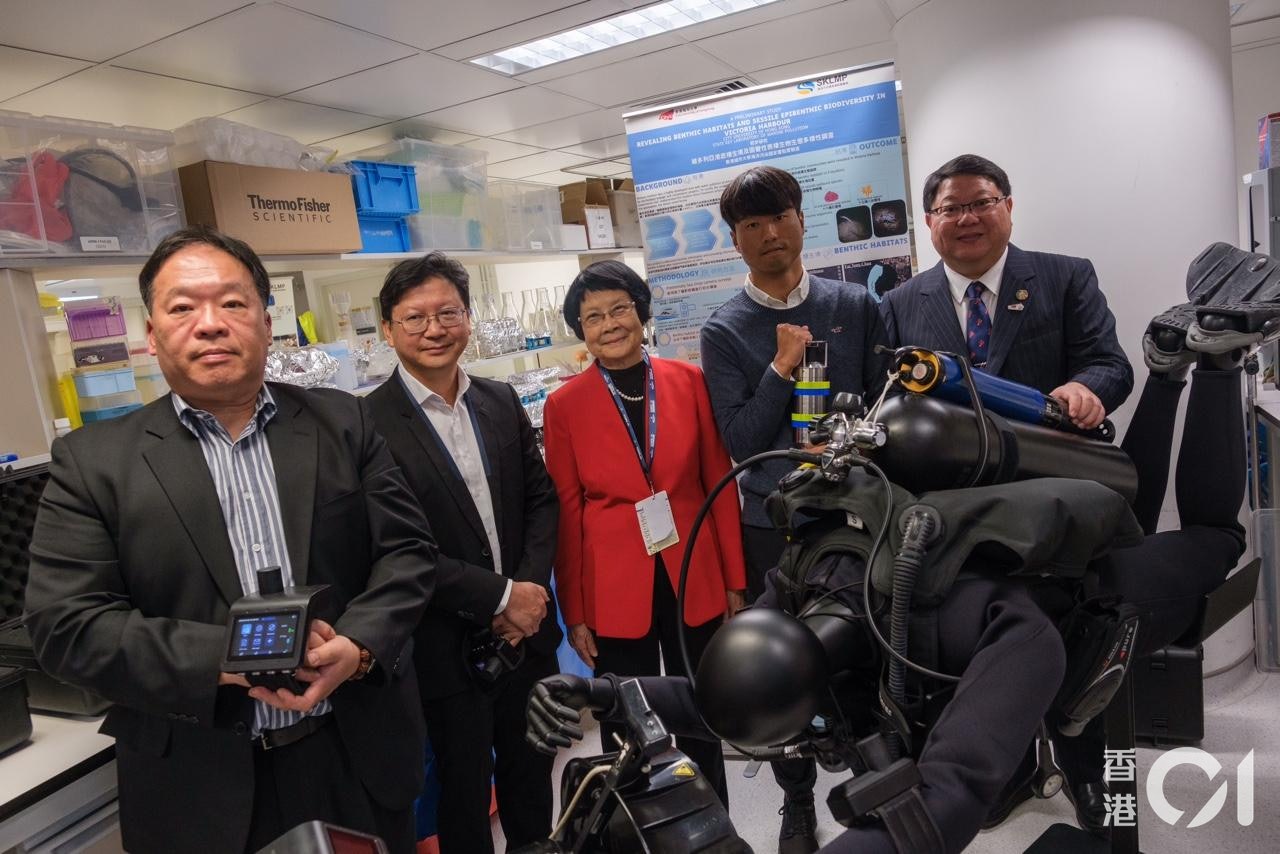
Prof. CHAN Lai Leo pointed out that the use of novel underwater mapping technology could provide a comprehensive understanding of underwater habitats and their health conditions, help analyze the spatial distribution and coverage of these habitats, enable effective monitoring of their changes over time, and suggest targeted measures to protect and preserve the unique marine ecosystem of Victoria Harbour.
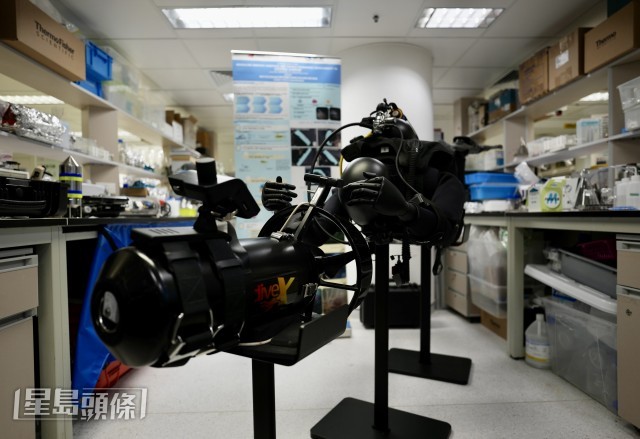
The innovative underwater mapping technology combines a variety of practical functions such as underwater positioning, underwater navigation, underwater communication, underwater mapping, underwater photography, etc. It further protects the safety of scientific research divers, improves the efficiency of underwater scientific research work, strongly promotes the scientific research dive staffs' in-depth understanding of the seabed ecological health status of the Victoria Harbour, which provides a reliable data support for the future protection of marine ecology.
Hong Huasheng, former Dean of the School of Oceanography and Environment at Xiamen University, said she was very happy to see that ecological communities have been found in Victoria Harbour again, pointing out that this is a great evidence of the environmental improvement of Victoria Harbour, and also said that after many years, she finally saw the achievements of the program and wished for more achievements in the future research work.
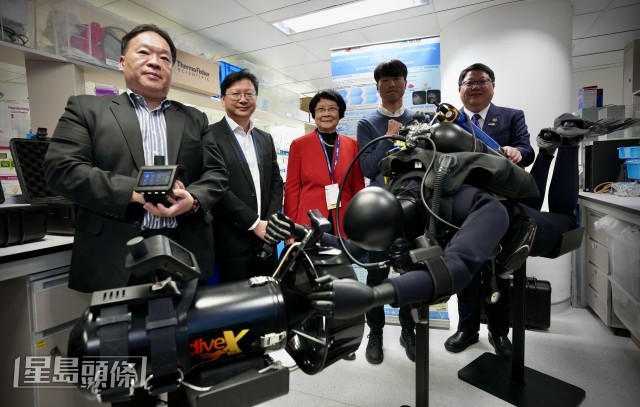
Prof. CHAN Lai Leo and the SKLMP team used innovative underwater communication and positioning technology to carry out underwater ecological research in Victoria Harbour, and their research methodology and results provide useful insights for the in-depth understanding and protection of marine ecosystems, the research process in Victoria Harbour has fully utilized the advantages of advanced technology to promote the further development of underwater scientific research.